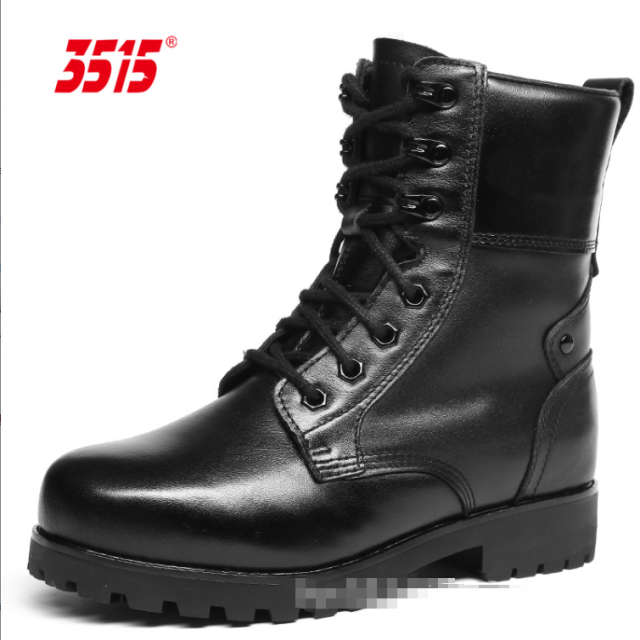When winter storms hit, your boots' outsoles become the critical interface between you and treacherous terrain. Understanding the engineering behind these components—from specialized rubber compounds to scientifically validated tread patterns—helps consumers and industry buyers make informed decisions about winter footwear performance.
Winter Traction Demands and Outsole Engineering
Snow boot outsoles must solve three core problems simultaneously: maintaining flexibility in subzero temperatures, creating reliable traction on mixed surfaces, and resisting wear over hundreds of miles. Leading manufacturers address these challenges through material science and biomechanical design.
The Role of Rubber Compounds in Cold-Weather Flexibility
Not all rubber performs equally in freezing conditions. High-performance outsoles use proprietary blends that:
- Retain elasticity below -30°C to prevent cracking
- Incorporate silica or coconut oil additives to reduce stiffness
- Balance hardness (typically 50-70 Shore A) for durability without sacrificing grip
Research shows that vulcanization techniques—where rubber is treated with sulfur under heat—can enhance cold-weather performance by up to 40% compared to standard compounds. This explains why mountaineering boots withstand conditions that would render ordinary soles brittle.
Tread Patterns: From Laboratory Tests to Icy Sidewalks
Tread design follows physics principles to disrupt ice adhesion and channel slush:
- Multi-directional lugs (4-8mm deep) create edges that bite into packed snow
- Siping (micro-grooves
- Open channels prevent hydroplaning by diverting meltwater
The most effective patterns mimic nature—studies of mountain goat hooves inspired the staggered hexagonal lugs now common in premium winter boots.
Validating Performance: Industry Standards and Real-World Testing
Manufacturers validate outsole designs through two parallel approaches: controlled laboratory testing and field trials in extreme environments.
Key Certification Benchmarks
- ASTM F2913-19: Requires a minimum 0.40 coefficient of friction on wet/oily surfaces (equivalent to walking on a 21° incline without slipping)
- SATRA TM144: Simulates heel strike forces up to 3x body weight during icy descents
- Brugraber Mark II: Tests performance on inclined ice sheets at -10°C
Independent tests reveal that boots meeting all three standards reduce slip-and-fall incidents by over 60% in commercial snow removal crews.
Durability Factors Beyond Traction
- Abrasion resistance: High-quality outsoles maintain tread depth after ~500 miles of urban winter walking
- Chemical exposure: Road salt degrades inferior rubber 2-3x faster than winterized compounds
- Flex cycles: Premium materials withstand 50,000+ bends without cracking (critical for snowshoers)
Ready to equip your customers with winter-ready footwear? 3515 partners with distributors and brands to engineer outsoles that combine certified safety with all-day comfort—because no one should compromise on winter traction. [Contact our team] to discuss bulk solutions tailored to your market’s needs.
Have you considered how microscopic tread features impact macroscopic safety? The difference between a confident stride and a dangerous slip often lies in details invisible to the naked eye—proof that superior winter boots are equal parts science and practicality.
Related Products
- Durable Steel Toe Safety Boots Wholesale & Custom Manufacturing
- Wholesale Slip-On Safety Boots Manufacturer - Custom Puncture-Proof & Steel Toe
- Wholesale Durable Safety Boots Manufacturer Customizable Steel Toe Work Boots
- Wholesale Durable Safety Boots | Custom Steel Toe & Puncture-Resistant Manufacturing
- Custom Wholesale Leather Safety Boots Direct Factory Manufacturing
Related Articles
- How Steel Toe Boots Combine Safety Compliance with All-Day Comfort
- Matching Men’s Work Shoe Safety Technologies to Workplace Hazards
- Steel Toe Work Boots: Balancing Safety and Comfort for Demanding Jobs
- How Safety Standards for Steel Toe Boots Protect Workers Beyond Impact Resistance
- How to Choose Safety Footwear for Electrical Hazard Jobs: Steel Toe vs. Composite Toe




















